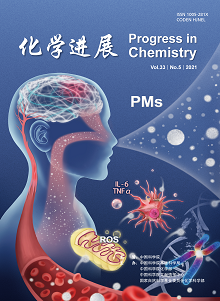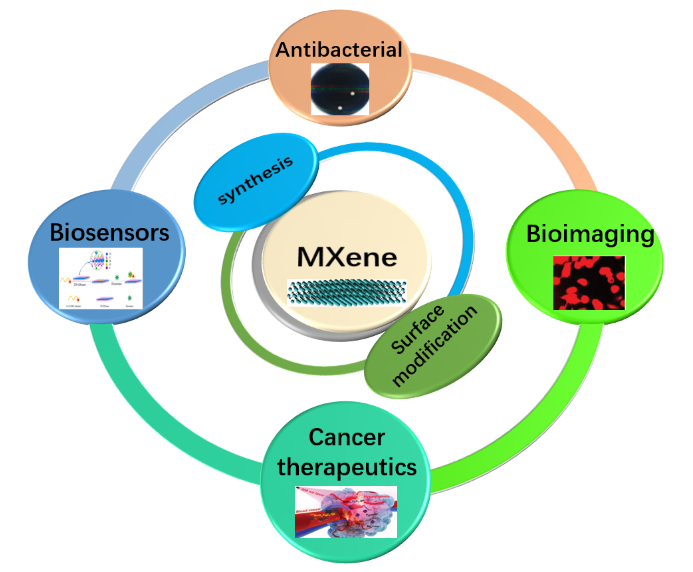Yuzhu Zhang, Jing Zhan, Qian S. Liu, Qunfang Zhou, Guibin Jiang. Neurotoxicity Induced by Atmospheric Fine Particulate Matters and the Underlying Molecular Mechanism[J]. Progress in Chemistry, 2021, 33(5): 713-725.
The health effect of atmospheric fine particulate matters(PMs) is now being increasingly concerned, and a growing number of epidemiological studies have reported the adverse impacts of PMs on the respiratory system, cardiovascular system, etc. However, whether PMs can enter the brain and cause neurotoxicities or not remains unknown, which has been an important research direction for the health risk evaluation of atmospheric smog in recent years. Based on the relevant epidemiological studies and experimental evidences in vitro and in vivo, this paper summarizes the potential pathways regulating the neurotoxicity of atmospheric PMs, their detrimental effects on the adult, elderly, and developmental nervous systems, as well as the underlying molecular mechanisms. Atmospheric PMs were reported to affect the nervous system through the blood-brain barrier pathway, the olfactory nerve pathway, the microbiota-gut-brain axis, etc. Herein, oxidative stress, mitochondrial damage, inflammation, DNA damage, epigenetic regulation, hematological homeostasis, and several key signaling pathways were found to be involved in the observed neurotoxicities caused by atmospheric PM exposure. This review aims to reveal the neurotoxicities of atmospheric PMs, especially their neurodevelopmental effects on special populations such as children. On this basis, this article points out the future research directions in this field, providing a theoretical basis for the evaluation of neurotoxicities and public health hazards of atmospheric PMs.
1 Introduction
2 Epidemiological studies on neurological diseases induced by PM exposure
2.1 Developmental nervous system
2.2 Adult nervous system
2.3 Elderly nervous system
3 Pathways by which PMs affect the nervous system
3.1 The blood-brain barrier pathway
3.2 The olfactory nerve pathway
3.3 Other pathways
4 Experimental findings on neurotoxic effects of PMs
4.1 In vitro experiments
4.2 In vivo experiments
5 Molecular mechanisms underlying the neurotoxicities of PMs
5.1 Oxidative stress and mitochondrial damage
5.2 Inflammation
5.3 Key signaling pathways regulating the neurotoxicities of PMs
5.4 DNA damage and epigenetic regulation
5.5 Effects on hematological homeostasis
6 Prospects and research points




















